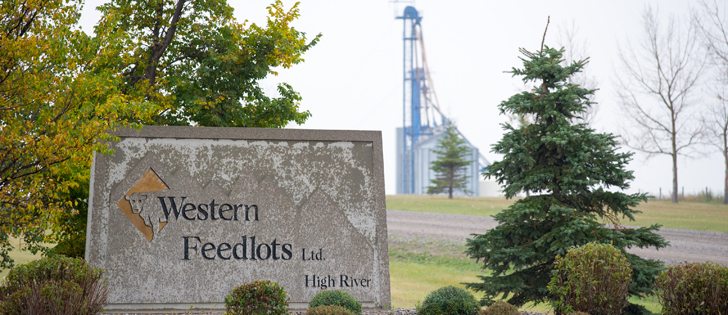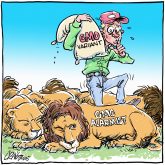Cattle and hay go together, so it’s appropriate that news about one sector of the cattle business has allowed political parties to make political hay from a decent crop.
When Western Feedlots announced plans to exit the cattle feeding business by next year, it cited “the poor political and economic environment in Alberta” as a contributing factor.
Bill 6, the NDP’s farm and ranch worker safety legislation, was cited as one of the political factors, as was the potential expense of the yet-to-be-implemented carbon tax in Alberta.
Read Also

Budget seen as fairly solid, but worrying cracks appear
The reaction from the agriculture industry to prime minister Mark Carney’s first budget handed down November 4th has been largely positive.
Those examples signalled the opposition Wildrose party to begin swathing. Indeed, it is its job to take government to task when warranted.
“Unquestioning adherence to their ideology has blinded the NDP government to the fact that while government can do little to directly improve the economy, it has a great capacity to harm it. This is as true in the agriculture industry as it is in oil and gas,” wrote Wildrose MLAs Derek Fildebrandt, Wayne Anderson and Dave Schneider in a joint opinion.
Many social media posts from the rural sector also blamed the provincial government for Western’s exit.
Related stories:
Industry ‘head tax’ adds strain to feedlots
Feedlot closure is part of a bigger economic picture
There is no question the infamous Bill 6 destroyed any political capital the NDP may have had in Alberta’s farm country. A ham-handed introduction followed by poor consultation and abysmal communication showed the party’s ignorance of rural sensibilities.
More to the point, it has already cost some feedlots money via WCB premiums added to pre-existing programs that offer superior benefits. Once details are finalized, Bill 6 could hold more costs.
As for the carbon tax, its costs have yet to be realized, but it is evident that input costs will increase even if farm fuel is exempt.
Combine those factors with a troubled economy and there’s a good harvest of reasons in the political haymaker.
But let’s not ignore other reasons Western and others in the feedlot sector face an uncertain future.
The cattle herd is still the smallest since 1993, so there are fewer cattle available to feed.
The Alberta–Saskatchewan cattle-on-feed inventories as of Sept. 1 were nine percent below last year and six percent below the five-year average. Cattle-on-feed inventories are the third smallest since reporting began in 2000. Only 2003 and 2004 had lower numbers.
High cattle prices in the last two to three years encouraged producers to sell animals rather than expand their herds. Thus feedlots had to pay well for current inventory and are now selling low into a declining market, losing money on every animal.
Western Canada has more feedlot space than the herd can now supply, and it is costly to run a feedlot at less than capacity.
The contraction that has been occurring largely unremarked over the past several years could pick up its pace.
Five feedlots in Lethbridge County, and at least that many in central Alberta, have shut down within the last several years.
So, to put this hay into a reasonable stack, yes, the NDP bears responsibility for rural angst, but it cannot be blamed for all ills.















